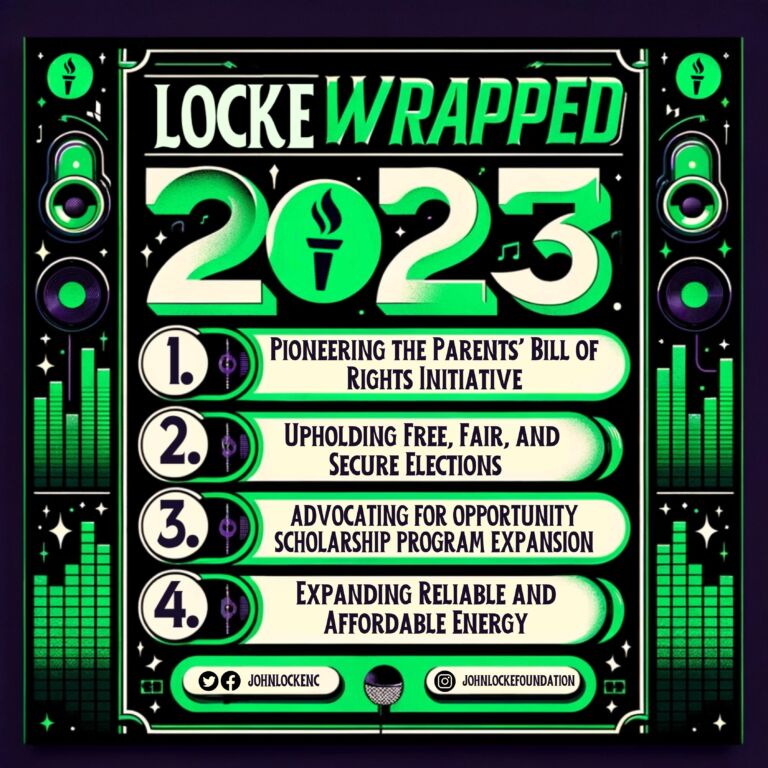Jim Geraghty of National Review Online shares his concerns about our forced move toward online-only interaction.
We shifted from in-person schooling to online schooling. We shifted from restaurant meals to take-out. We shifted from movie theaters to streaming services. We shifted from in-person visits with our doctors to telemedicine. Not every aspect of all of these changes is bad! But 2021 needs to be a year of resocialization — not in the sense of reengineering or resetting people’s social values, beliefs, and norms, but in the sense of getting people used to interacting with each other in person again. We’ve lost a year’s worth of reading people’s faces — because they were often covered by masks — and all of the nonverbal cues of body language. …
… At some point, you’ve probably watched someone behave extraordinarily rudely or flip out in public and shaken your head and concluded, “That person just doesn’t know how to act.” And it may well just be that person’s personality. But I wonder how much off-line obnoxiousness or hostility reflects that people’s sense of how to behave and speak to others is being shaped by online discourse.
Online discourse is almost always coarser, cruder, meaner than off-line discourse. Think about how a volunteer active in politics has to act while door-knocking, manning a booth at a county fair, or phone-banking, compared to the way people talk to each other about politics on social media. If you’re rude, condescending, dismissive, raging, or insulting in real life, you will repel the people you want to persuade.
While there are exceptions, in most arguments on social media, the default setting is that everyone who disagrees with you is at best an idiot, or more likely, a threat to good people everywhere. Both social media and regular media offer an endless buffet table of examples that the people who think differently than you really are imbecilic, corrupt, malevolent, and a danger to others.


